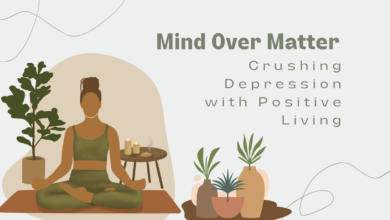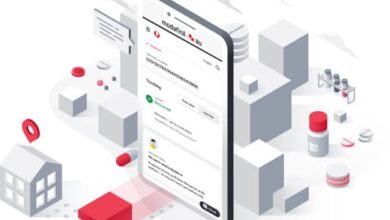Self Help Tips For Low Back Pain

Low back pain is one of the most common complaints that people face, and it can be debilitating. While there are many medical treatments for low back pain, there are also self-help tips you can use to alleviate and prevent this condition.
Maintain Proper Posture
Poor posture is one of the leading causes of low back pain. When you sit or stand with incorrect posture, it puts unnecessary stress on your lower back muscles and spine. To maintain proper posture, keep your shoulders back and down, chest lifted, and the spine straight. Avoid slouching or hunching over your desk. If you work at a desk, adjust your chair and computer height so that your eyes are level with the screen, and your feet are flat on the floor.
Exercise Regularly
Regular exercise is critical for maintaining a healthy back. Exercise helps to strengthen the muscles that support your spine and improve your flexibility. Low-impact exercises such as swimming, cycling, and walking can help reduce low back pain. Stretching exercises, such as QL pain exercises, can also help relieve tension in your lower back muscles. However, be sure to consult with your doctor or physical therapist before starting any new exercise program.
Practice Proper Lifting Techniques
Improper lifting techniques can cause significant damage to your lower back muscles and spine. When lifting heavy objects, bend your knees and keep your back straight. Avoid twisting your back while lifting and keep the object close to your body. If the object is too heavy to lift, ask for help or use a lifting aid.
Use Ergonomic Furniture
Using ergonomic furniture can help reduce low back pain significantly. Ergonomic chairs, desks, and keyboards are designed to support your body’s natural posture and reduce stress on your spine. When choosing ergonomic furniture, look for adjustable features that allow you to customize the height and angle of your chair, desk, and keyboard.
Manage Stress
Stress can cause tension in your muscles, including your lower back muscles. Finding ways to manage stress can help reduce muscle tension and alleviate low back pain. Some effective stress management techniques include meditation, deep breathing exercises, yoga, and tai chi.
Maintain a Healthy Weight
Being overweight can put extra stress on your lower back muscles and spine, leading to low back pain. Maintaining a healthy weight through a balanced diet and regular exercise can help reduce the risk of developing low back pain.
Get Enough Sleep
Getting enough restful sleep is essential for overall health and well-being, including the health of your back muscles and spine. Lack of sleep can cause muscle tension, which can lead to low back pain. Aim for 7-8 hours of sleep per night and make sure to use a comfortable mattress and pillow that support your body’s natural curves.
Stretch Your Hamstrings
Tight hamstrings can cause stress on the lower back muscles and contribute to low back pain. Regularly stretching your hamstrings, especially before and after exercise, can help alleviate this tension and reduce your risk of developing low back pain.
Use Heat Therapy
Heat therapy is an effective way to reduce muscle tension and alleviate low back pain. You can use a heating pad or take a warm bath to apply heat to the affected area. Alternatively, you can use a hot water bottle or a towel soaked in warm water to apply heat to the affected area.
In conclusion, low back pain is a common condition that many people face. However, you can take steps to manage this condition and prevent it from occurring.
Remember to consult with your doctor or physiotherapist before starting any new exercise program or making significant lifestyle changes. With these simple self-help tips, you’ll be able to manage your low back pain and improve your overall health and wellbeing.



